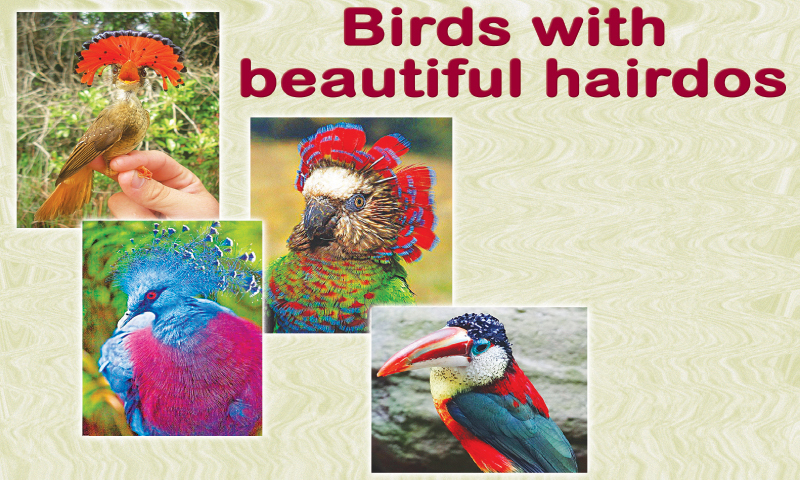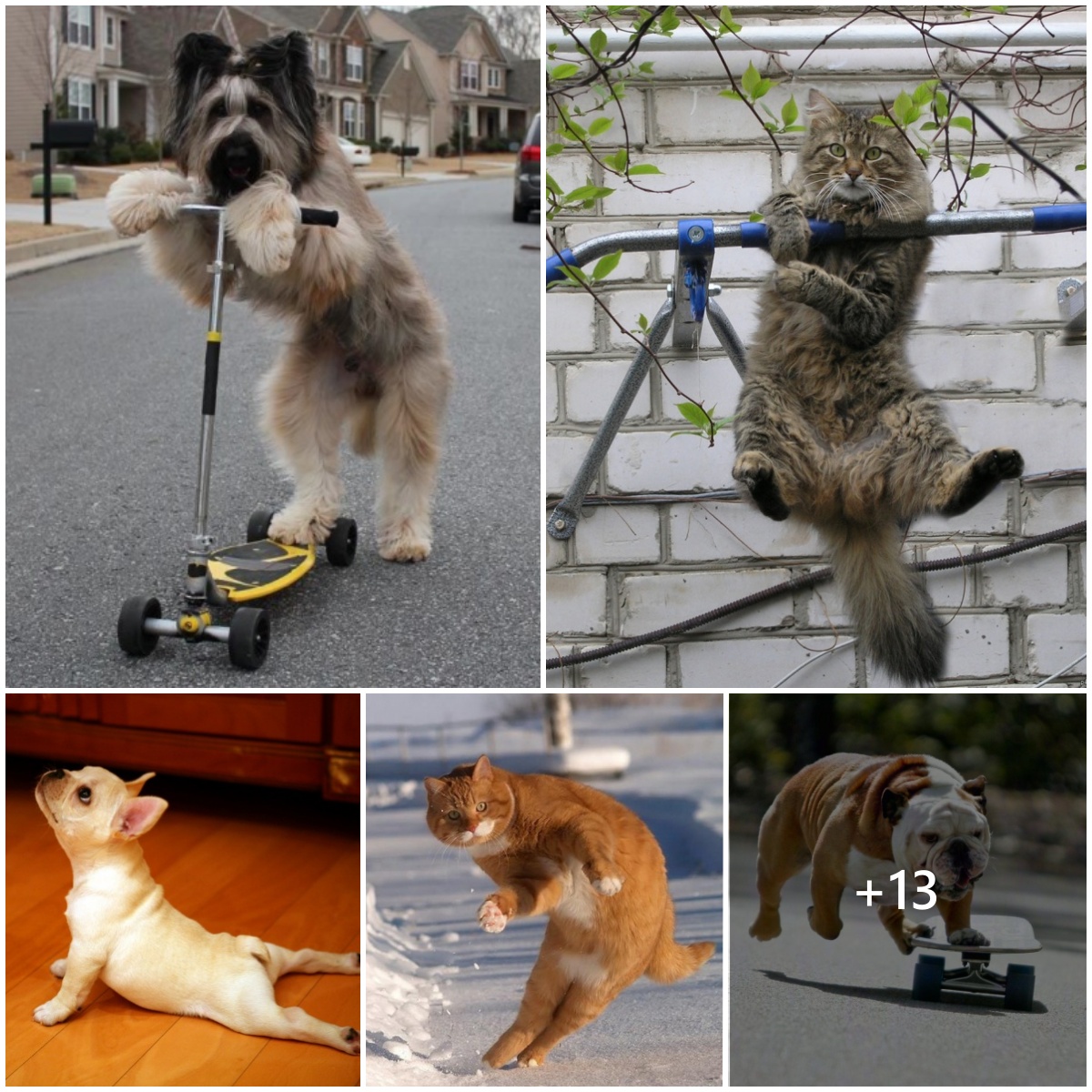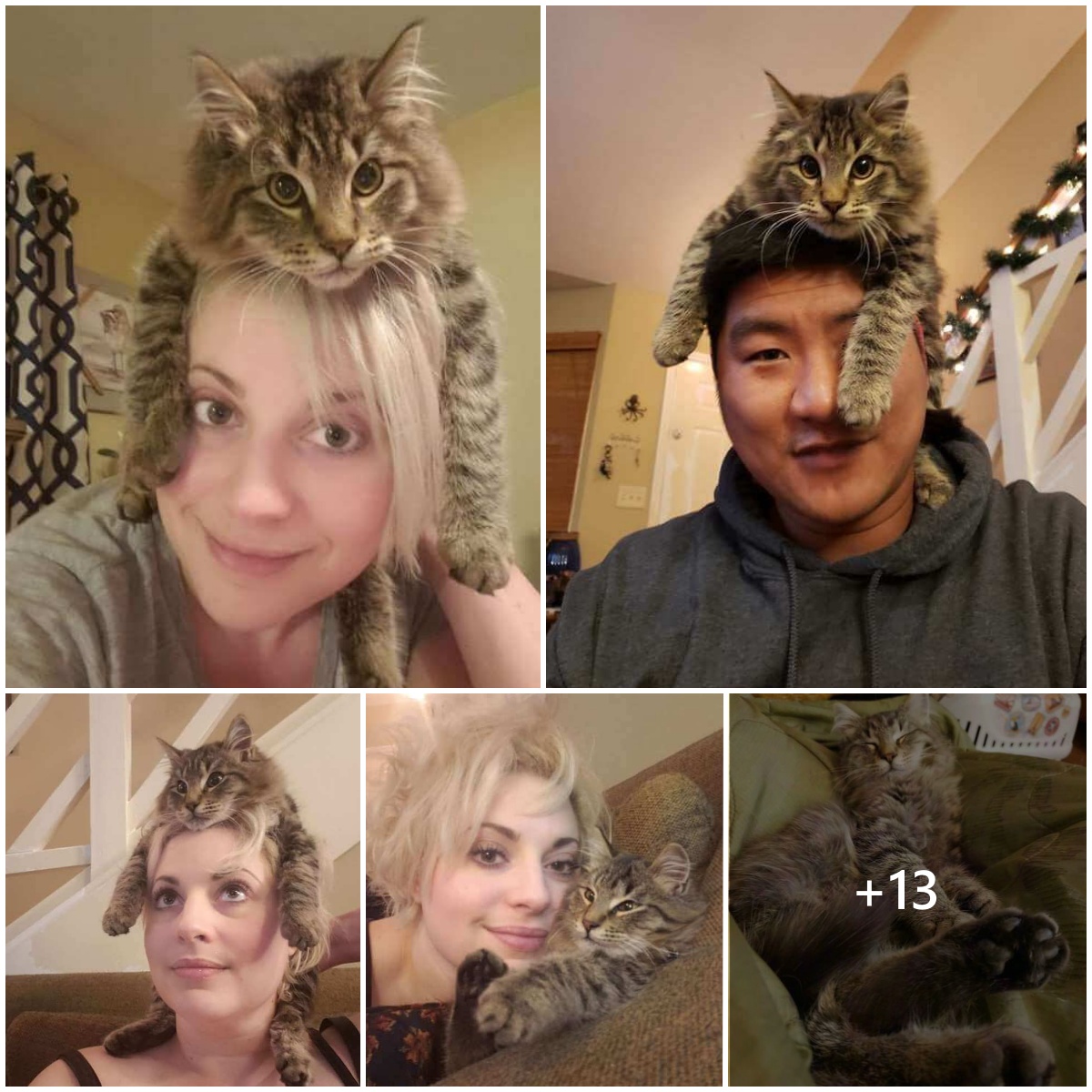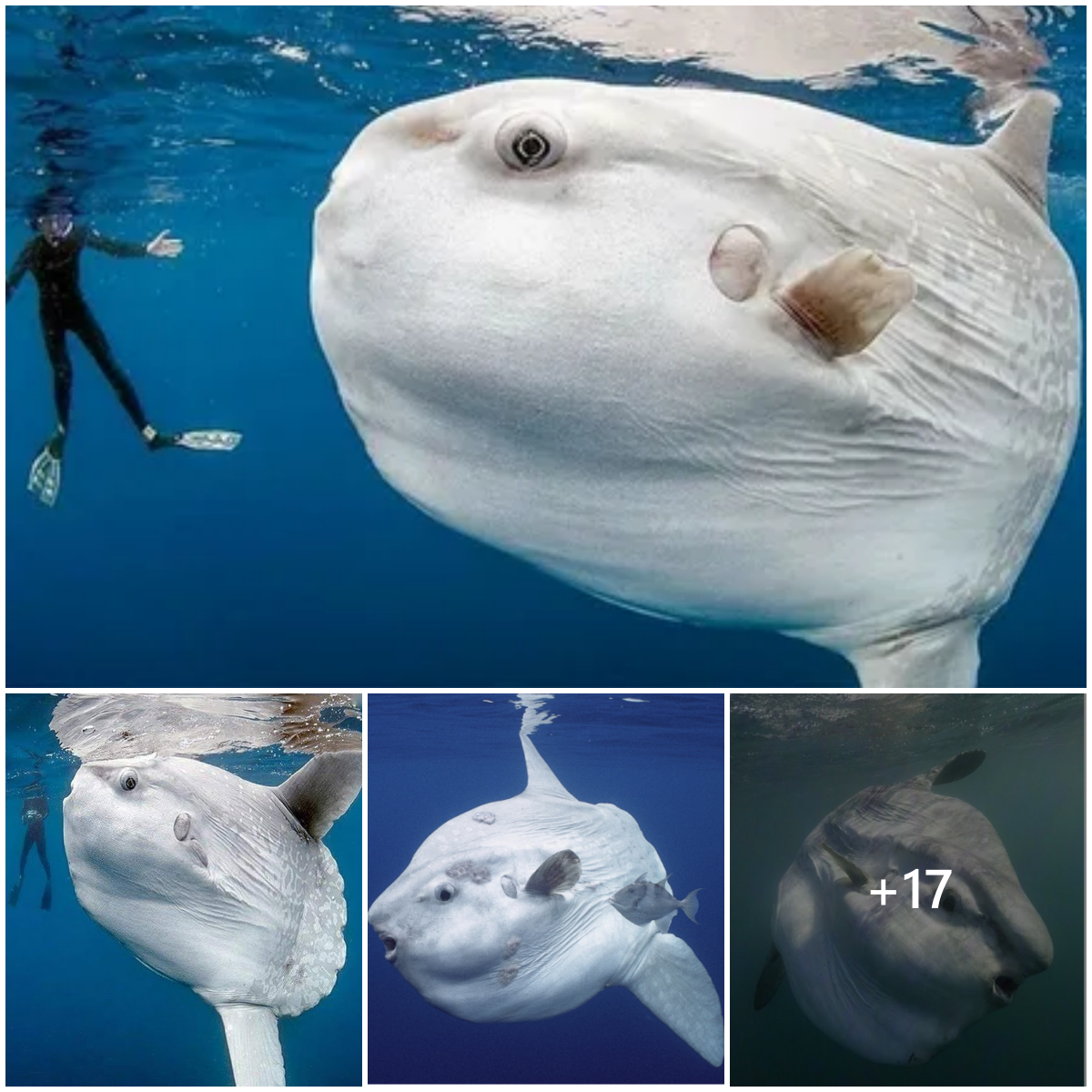Winged Whimsy: A sight of beautiful Birdy locks
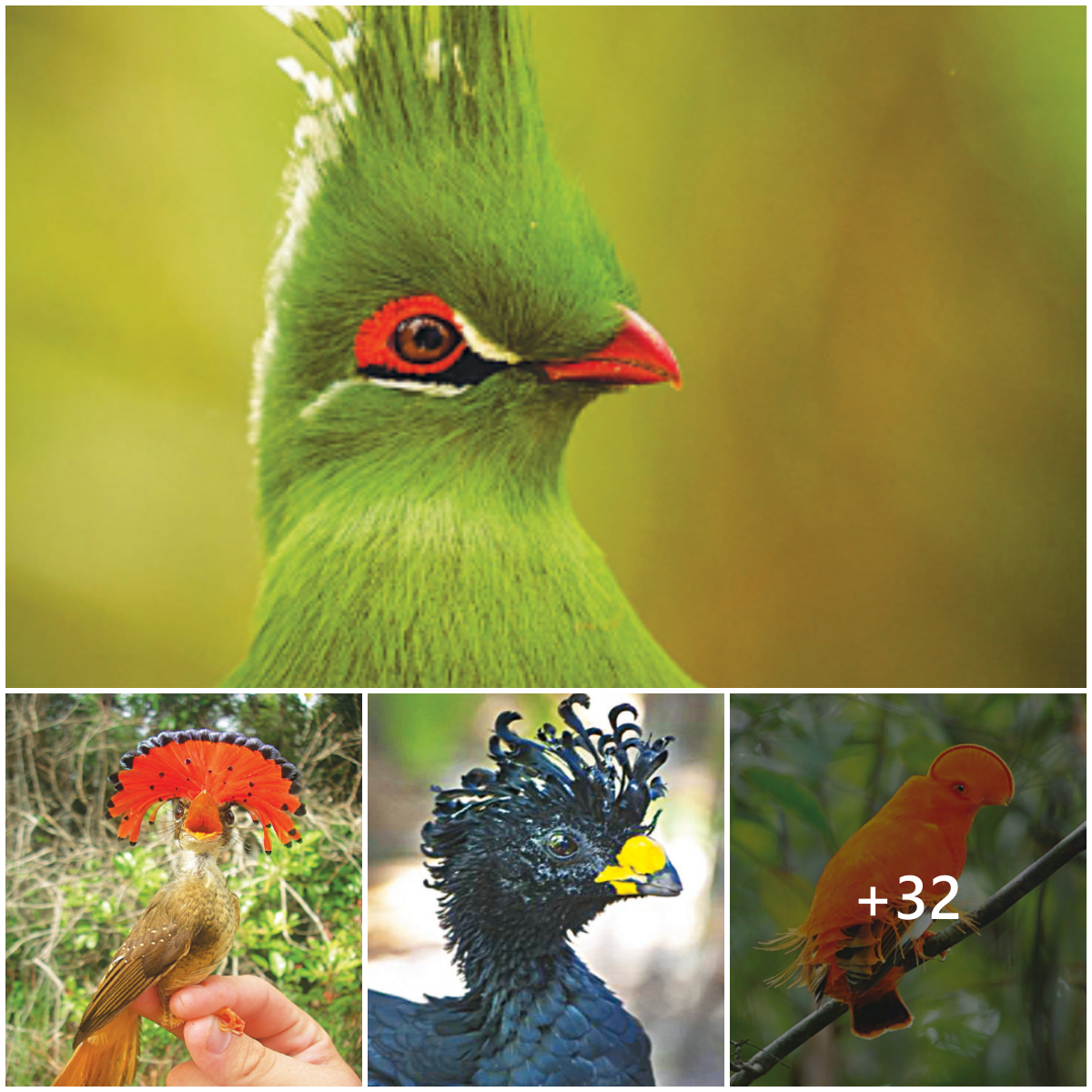
Collection of birds with beautiful hairstyles
Everything in nature is beautiful, whether plants or animals. All living things naturally have their own style. Flowers have unique fragrances, colors and incredible sizes, while animals have unique abilities and physical attributes.
The small creatures flying high in the sky are also full of special attributes. For example, they are amazing nest builders, they are tactical enough to ward off any threatening species that comes near them, and when they are in a good mood, they dance and show off their nests. Beautiful, fanned, colorful tail feathers. bringing out crowns that even a king would be jealous of or making melodious sounds, it’s amazing!
Today, we’re exploring crowns – not of kings but of birds – that come in a variety of colors, patterns and shapes you might not know about.
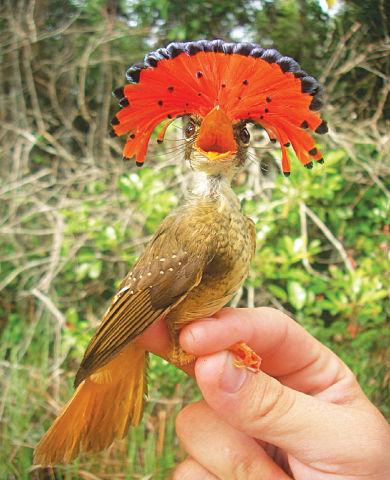
Royal flycatcher
Royal flycatchers are found in Mexico and most of Central America. This is a simple-looking bird with light brown feathers above and light yellow below. But when it spreads its crest, which usually lies flat on top of its head, you see its true beauty. The raised crest forms an impressive fan shape with dark red for males and bright yellow for females.
Additionally, it is believed that the crest emerges when the bird feels stressed and threatened, or when it wants to attract and impress the same species and is competing with other males.
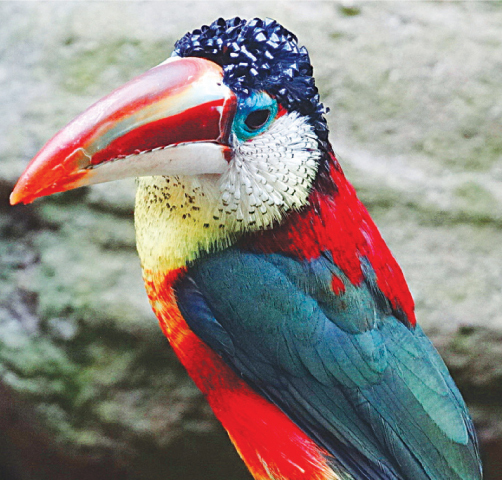
Curved-crested Aracari
At first glance, it looks like a bunch of ribbons carefully placed on the bird’s head, but hey, this bunch of ribbons is real and made from feathers… yes! This bird is a member of the toucan family and gets its name from the feathers on its head that curl like ribbons on a gift. It’s great, my dear!
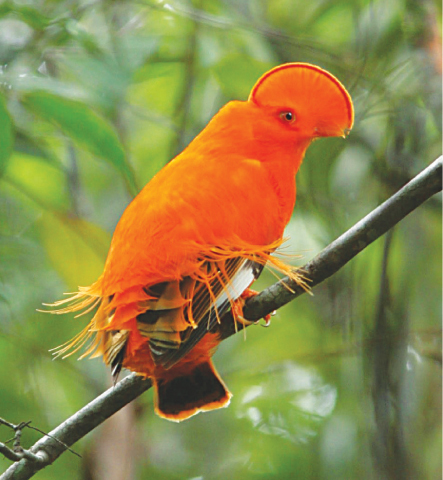
Guianan rooster
This is the national bird of Peru and is known for its frog-like croaking and mud nesting. Females are dark orange, but males have bright orange plumage and a disc-shaped puff of feathers on their head – always on display. They spend most of their day croaking and showing off their unusual plumage in hopes of attracting other birds of their species.
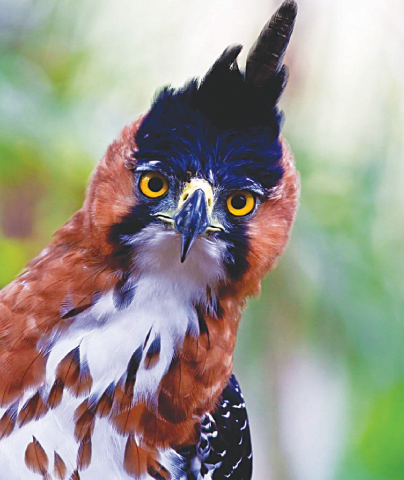
Ornate hawk-eagle
Perhaps this eagle’s wig will bring back the famous hair trend again! It has such perfect fur that he doesn’t need gel; The crest flares out and becomes prominent when this South American eagle is excited or aggressive.
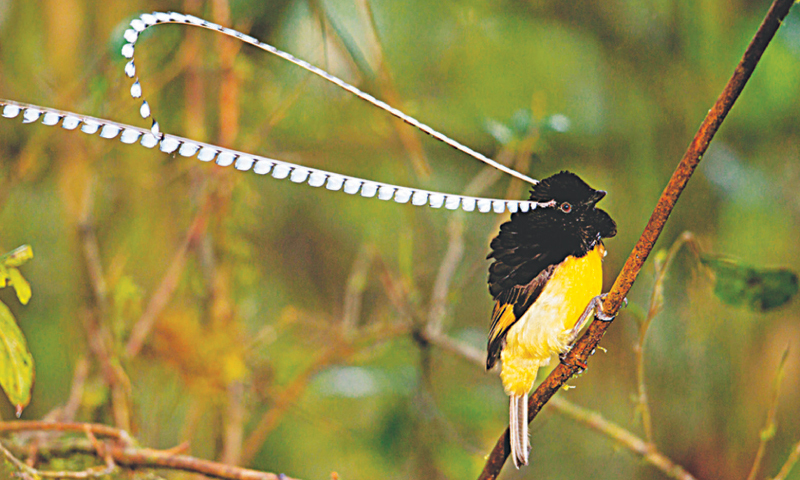
King Bird of Paradise of Saxony
The male king of Saxony birds looks like they have very bushy eyebrows. They are essentially thin hairs or tip strings just above their eyes and are used during competition or to attract the female by bouncing and inflating them.
To compete, males will perch on their territory and call out to potential mates. The call sounded less like a bird’s call and more like a futuristic alarm bell.
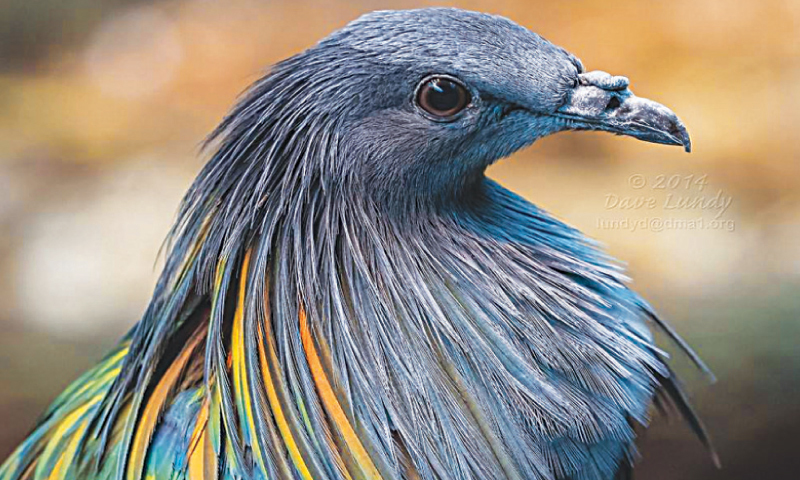
Nicobar pigeon
Beautiful but it is definitely not your typical city pigeon, as you can see this pigeon has long locks on its neck that form a lion-like mane. Believe it or not, this Southeast Asian species is the closest relative to the extinct dodo bird.
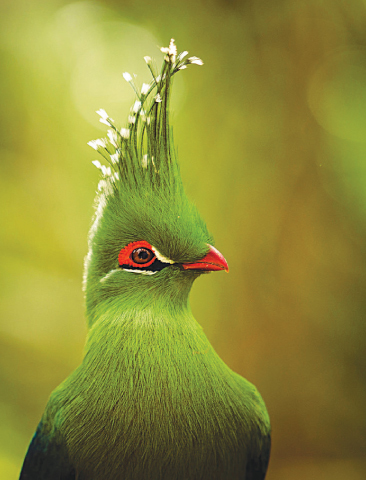
Livingstone’s turaco
We often see green parrots in our part of the world, but turacos are also beautiful green and belong to the musophagidae (literally, ‘banana eaters’) bird family. Despite their name, they generally do not eat bananas.
This cheerful green bird – very sociable and living in flocks of up to 30 members – has a small downy crest that inflates when it gets excited. The male Guinea turaco feeds the female, after which they build a nest together.
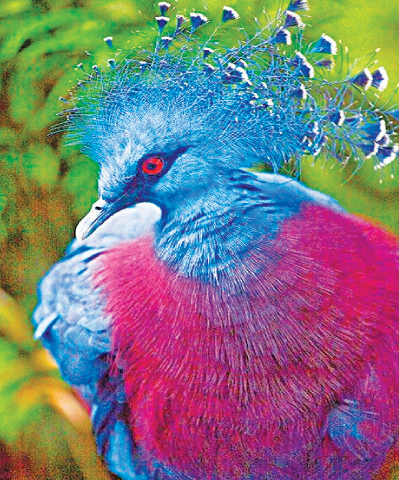
Victoria Crowned Pigeon
The Victoria Crowned Pigeon is a bird of remarkable beauty. They come from the lowland forests and swamps of New Guinea. They live on the ground and mainly eat fruits like figs and seeds which they forage like our town pigeons.
The name commemorates Queen Victoria of England. The Victoria-crowned pigeon is hunted for its meat and feathers and is assessed as vulnerable on the IUCN Red List.
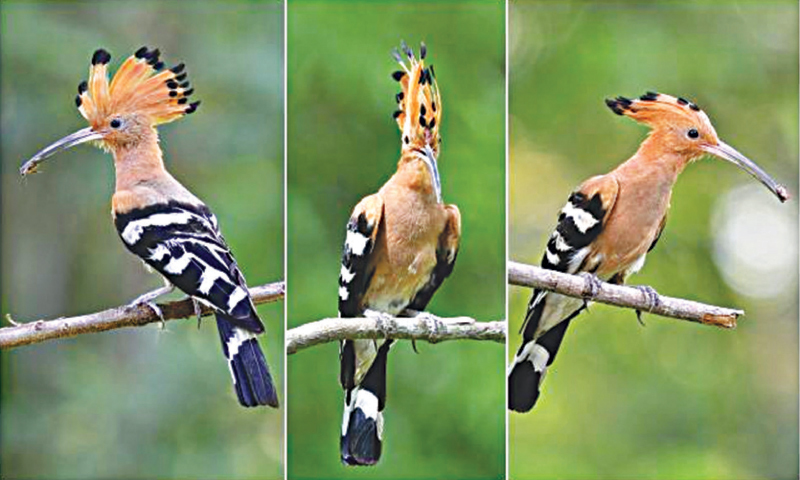
Eurasian Hoopoe
Sporting a black-tipped Mohawk, the Hoopoe is the definition of cool. It shows off its feathers in Africa, the Mediterranean and throughout Europe and Asia.
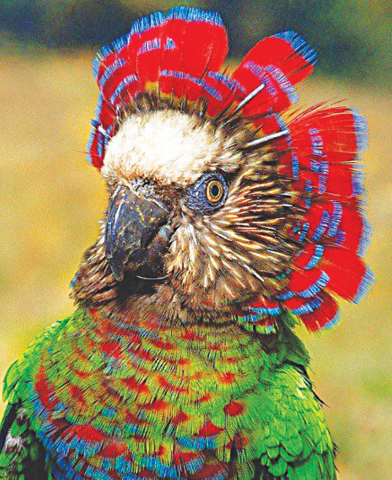
Hawk-headed parrot
No, the images are not photoshopped! This bird is real and is called the hawk-headed parrot and comes from the Amazon basin. Hawksheads look like normal parrots when their combs are flat, but when they erect their colorful feathers into a colorful mane, they look more menacing than beautiful!
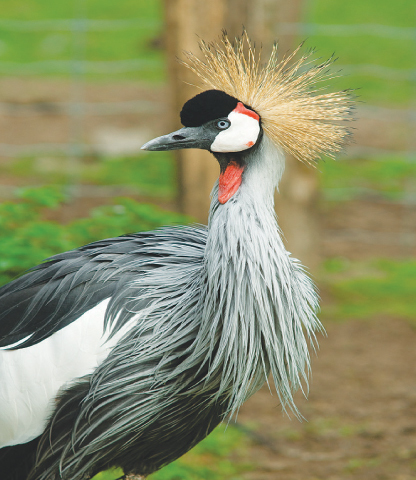
Gray-crowned crane
This elegant creature is the national bird of Uganda (it breeds from Angola south to South Africa). Its dance involves a lot of bowing, jumping and general dancing while shaking its amazing crest – but unlike most other cranes that make a trumpet-like sound, this one screeches. Ouch!
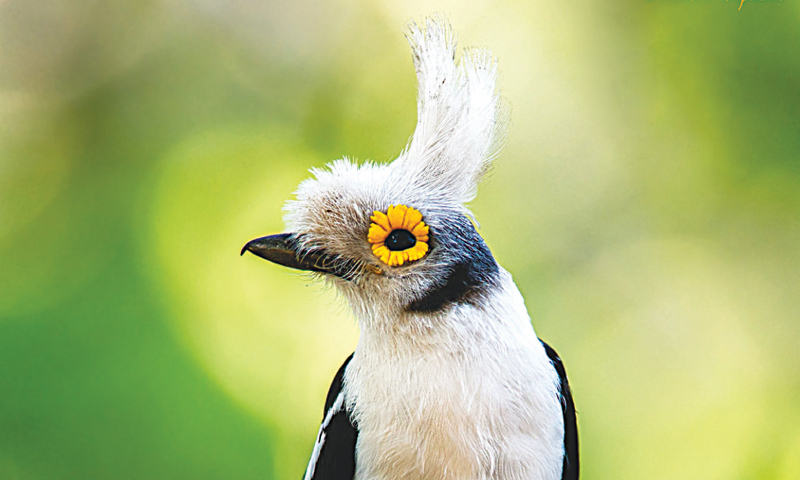
White-crested helmeted bird
This African bird has a small tuft of white feathers as a crest but there is something more appealing about its appearance – a vivid yellow eye ring (protective ring of bare skin) around the eye, which resembles a wing. more flowers. It is a very sociable bird and moves in small social groups.
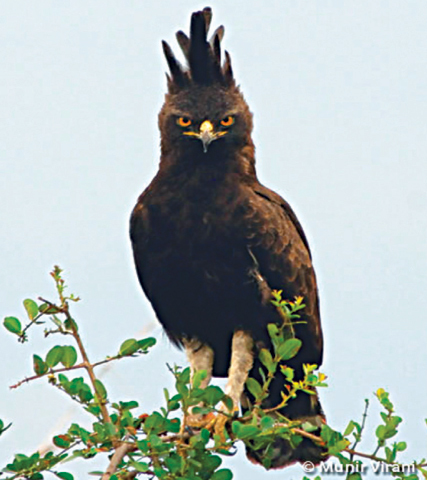
Long-crested eagle
This sub-Saharan African bird has fierce-looking eyes and a crown of natural black feathers on its head that makes it quite distinctive. It survives on small mammals like shrews, but will eat anything it thinks it can. It is thought that its crest feathers, like those of other birds, were used for buoyancy and to sense vibrations.
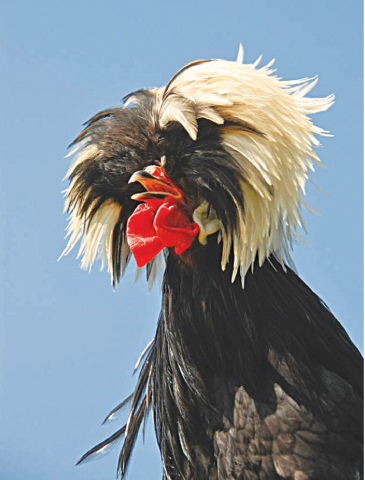
Polish crested chicken
Hey, where are the eyes and the rest of the face? Honestly, it’s just the beak and the rough hairstyle! Perhaps filled with attitude and boastfulness, the glossy-crested chicken is a show bird!
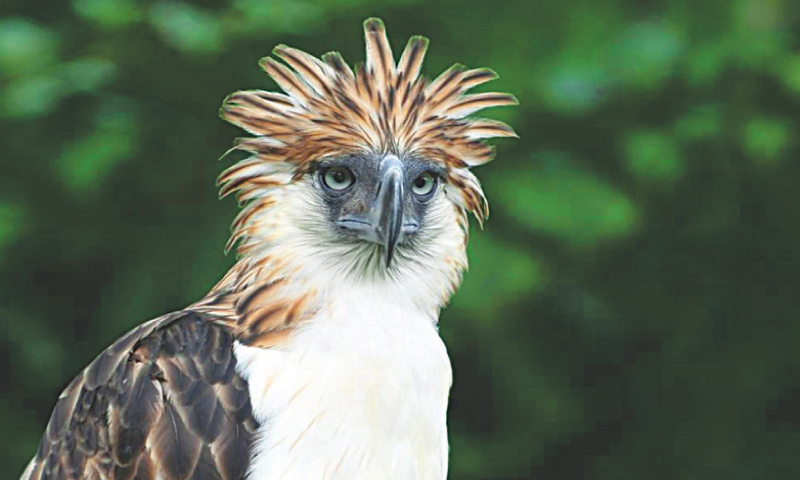
Philippine eagle
The critically endangered Philippine Eagle is strictly protected as the national bird of the Philippines. Its falcon-like flared crest is fearsome enough and has earned it the nickname “monkey-eating eagle” because it mainly feeds on monkeys and flying lemurs.
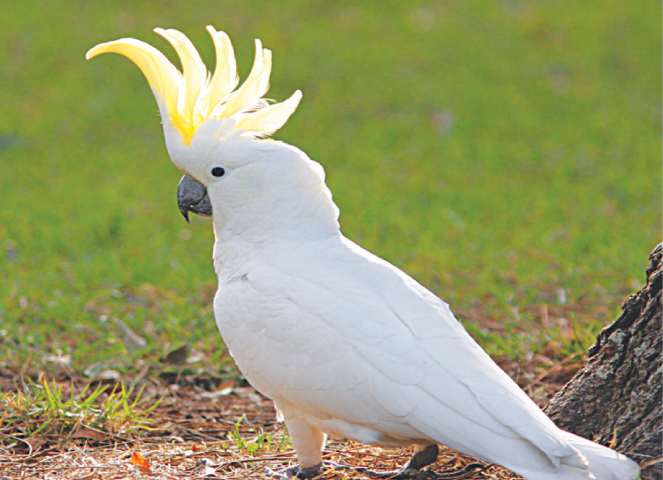
Sulfur cockatoo
Do you remember Nigel from the movie Rio? That’s right, with a crest that can be more than 5 inches long, the sulphur-crested cockatoo has a pale yellow crest on its head and is found in Australia, New Guinea and some Malaysian islands.
They make very demanding pets and in captivity they can easily live up to 70 years! However, in their natural habitat, their lifespan is up to 40 years. They are famous for their shrill calls and the Australians popularized them in local culture for another reason – they are protective of their mates when foraging on the ground and so keep watch against raids. of police in Australia are often referred to as ‘cockatoo’ or ‘cocky’.
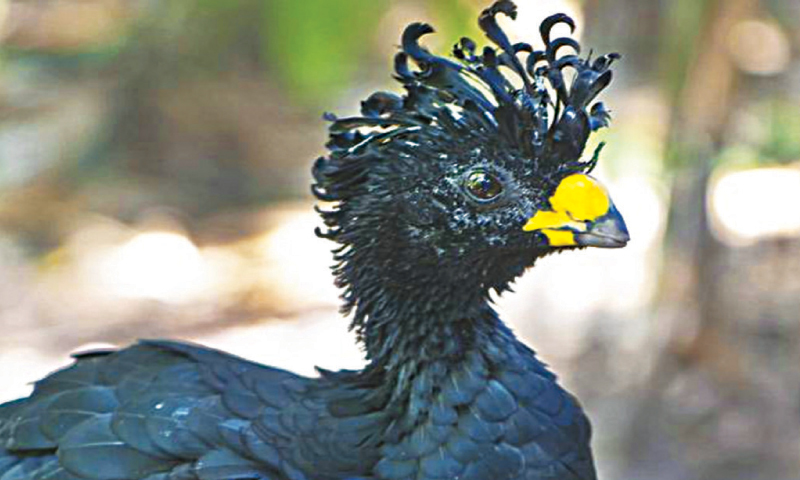
Great
Are you jealous of these perfect curls? At least this bird will never experience a day of hair loss! The range of the Greater Curassow extends from Mexico throughout Central America. And if you think this bird’s crest indicates its attitude, you’d be right – they’re known for their aggression and tendency to bite people. Away!
